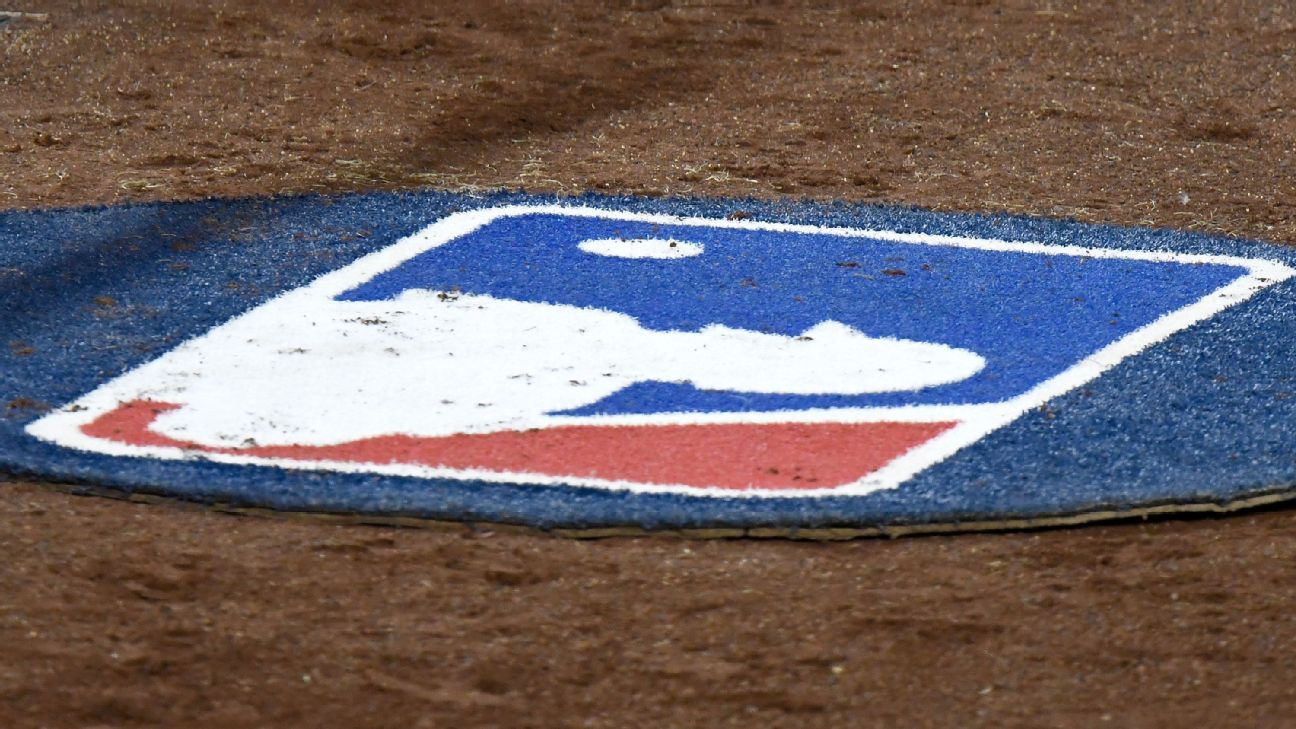NEW YORK – Baseball labor talks to end the lockout resumed Thursday for the first time in a month and a half with little progress evident during a bargaining session that lasted about an hour, putting a timely start at risk. from spring training.
Major League Baseball imposed the lockout on Dec. 2 as soon as the five-year collective bargaining agreement expired, a few hours after talks broke down.
Thursday’s discussions were the first on core economic issues after a 42-day gap, with MLB making proposals that it hoped would at least begin to build momentum.
After MLB made its proposal, the parties met. Then the Players Association (MLBPA, for its acronym in English) told MLB that it will respond, but did not commit to a specific date.
As the sides returned to negotiations, they met just five weeks before the scheduled start of spring training on February 16. Given the time needed for players to travel to Florida and Arizona, and then go through COVID-19 protocols before taking the field, the prospects for a timely start are dimming.
An agreement would need to be reached in late February or early March to allow for the minimum training time before the current opening day, set for March 31.
MLB’s proposal contained no movement on free agency eligibility or luxury tax thresholds, two people familiar with the negotiations told The Associated Press. The people spoke on condition of anonymity because no public comment was authorized.
Management backed down on its proposal to start a bonus fund that would replace salary arbitration for players with at least three but less than six years of major league service.
MLB stood by its proposal to replace arbitration with a bonus pool for so-called “super twos,” the top 22% by service of those with at least two seasons but fewer than three.
The teams proposed to address the union’s concern about manipulating club service time by allowing a team to earn an additional draft pick for an achievement by a player who is not yet eligible for arbitration, such as a high voting result. of prizes.
There was no movement on the sides’ differing positions on luxury tax levels, minimum wages or the union’s desire to lessen revenue sharing, which would leave big-market teams with more money to spend.
The luxury tax threshold was $210 million in 2021, and MLB has proposed raising the threshold to $214 million. Players have called for raising the threshold to $245 million and removing non-tax penalties.
Additionally, MLB wants to expand the postseason from 10 teams to 14, with the union offering 12.
MLB has offered to eliminate draft pick compensation for players lost through free agency, which has been in the labor contract since 1976; expand designated hitter to the National League; and instituting an NBA-style lottery draft to address the rebuild, though sides differ on how many teams the lottery would include.
A long gap between talks is not unusual for parties when they are fighting.
After a strike began on August 12, 1994, the parties met on August 24-25 and then on September 7-9. Commissioner Bud Selig canceled the World Series on September 14, and the sides did not resume negotiations until November 10.
After another round, the talks were interrupted on December 22 until the sessions from February 1 to 7 and from February 27 to March 4. The strike ended after US District Judge Sonia Sotomayor, now a Supreme Court Justice, issued an injunction on March 31 that restored the rules of the expired contract.
.
We wish to give thanks to the author of this article for this remarkable material
MLB and MLBPA resume talks with little progress

